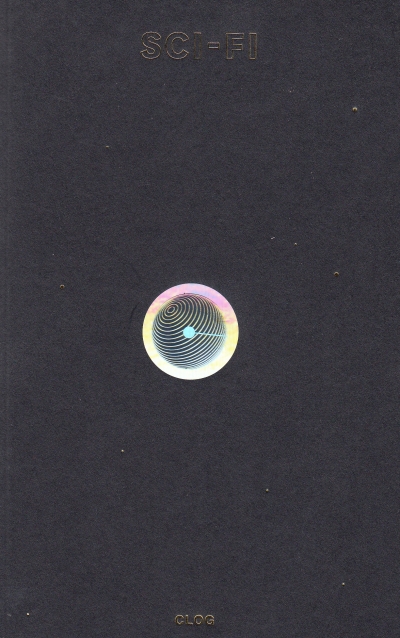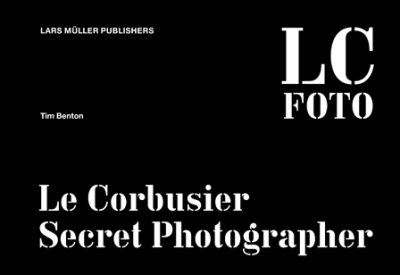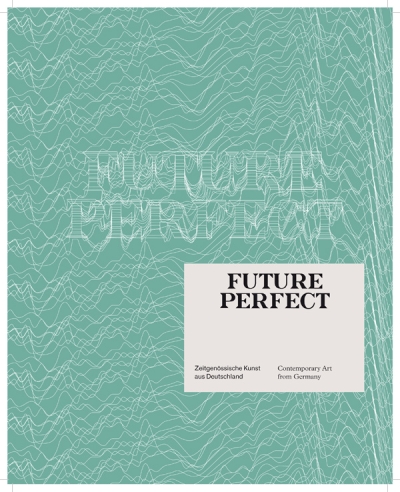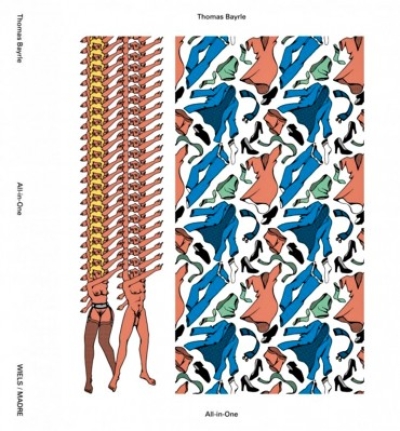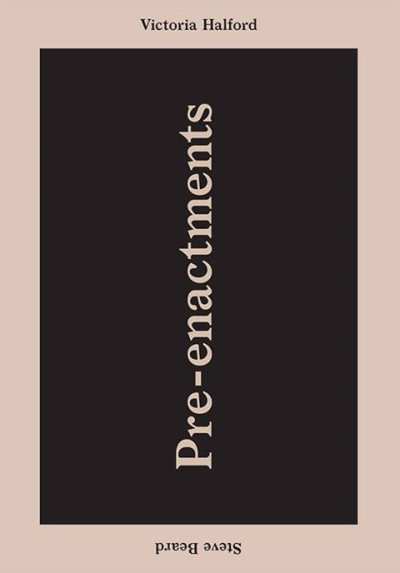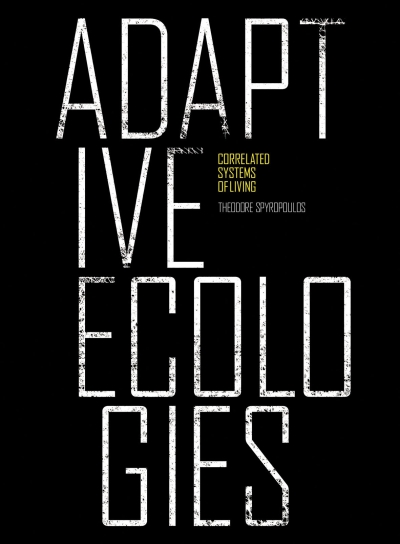
For the Love of Vinyl. The Album Art of Hipgnosis
Liking the look of something is more than enough reason to use it.” This easy philosophy lies at the heart of the success of Hipgnosis, the graphic-design firm responsible for some of the most legendary album covers of the ’70s and early ’80s: Pink Floyd’s The Dark Side of the Moon, with its iconic prism and rainbow; Led Zeppelin’s Houses of the Holy, with its naked blond sprites ascending toward a glowing orange sky; Styx’s Pieces of Eight, an anomaly even today with its severe, sharp close-ups of glamorous middle-aged women.
Hipgnosis founders Storm Thorgerson and Aubrey Powell didn’t stray far from the aforementioned credo in assembling For the Love of Vinyl. The designers, both erstwhile film students with no formal training in graphics (fonts “were alien to us”), here eschew the traditional timeline and the practice of grouping works according to artist and instead leap from decade to decade, from Syd Barrett to Rainbow to T. Rex, recounting in vivid detail the process of creating each cover. Thorgerson and Powell are entertainingly candid, whether recalling a photo shoot for 10cc’s Look Hear? starring a live sheep on a psychiatrist’s couch (the animal, spooked by the ocean it was posing in front of, had to be calmed by “two large dogs and a snort of Valium”) or geeking out over the description in Bill and Ted’s Excellent Adventure of ancient Greece as “a time when much of the world looked like the cover of the Led Zeppelin album Houses of the Holy.”
Given the state of the record industry, as labels scramble to find revenue to replace the sale of CDs (which replaced vinyl albums only twenty-five years ago) and as bands cycle from obscurity to popularity and back with calculated and increasing speed, it is especially thrilling to read about the cavalier attitude with which musicians and cover artists alike approached their work: Of Black Sabbath’s Technical Ecstasy, Thorgerson says he and Powell “didn’t listen to [it] at all” before coming up with a unique and provocative cover that satisfied a warring band and its soon-to-be-former lead singer. It is also interesting to learn about the collage and rephotographing techniques Hipgnosis used to achieve the flat-focus look that would become one of its trademarks. Let’s face it: Today, the sheep of Look Hear? would be Photoshopped, no dogs or Valium necessary.
I imagine the record industry in the ’70s as sex must have been before the ’80s and aids: unfettered and swinging. This is, of course, a total fantasy, but one that Thorgerson and Powell don’t do much to dispel—and why should they? Their focus was on creating art that was meant to be “incongruous rather than shocking, curious rather than spectacular.” That goal must be met daily when some kid, looking for the first time at the burning businessman on the cover of Pink Floyd’s Wish You Were Here, thinks, as I do every time I see it, “What the fuck?”
http://www.bookforum.com/inprint/015_05/3295
Hipgnosis was the biggest and best graphic design firm for the biggest and best bands of the 60s and 70s. Formed by Storm Thorgerson and Aubrey Powell in London in 1968 (with the addition of Throbbing Gristle's Peter Christopherson in 1974), Hipgnosis specialized in creative photography for the music business, making classic album covers for bands and musicians like Pink Floyd, Led Zeppelin, Electric Light Orchestra, Genesis, 10cc, Yes, Peter Gabriel, The Gods, Black Sabbath, Rainbow, Paul McCartney, Syd Barrett, Scorpions and Styx, among others. Over the course of its 15 year existence, Hipgnosis produced timeless rock iconography--everybody knows at least one Hipgnosis cover, thanks to Pink Floyd's Dark Side of the Moon. The firm's inventive takes on the themes or titles of any given album opened up a new visual language in album cover art, one in which theatrical tableaux, trick photography and logo design played notable roles. For the Love of Vinyl is the first book to survey Storm and Powell's output in detail, focusing on more than 60 package designs--from cover to label--described with entertaining detail by the team who created them. Also included are short essays by musicians (such as Pink Floyd's Nick Mason and artists (British Pop artist Peter Blake) and fellow designers (Paula Scher) on their favorite Hipgnosis covers, as well as previously unseen photographs and ephemera. Complementing all this material is a lengthy critical-historical text examining Hipgnosis and its legacy.
Storm Thorgerson and Aubrey Powell are award-winning graphic designers and the founders of Hipgnosis.














